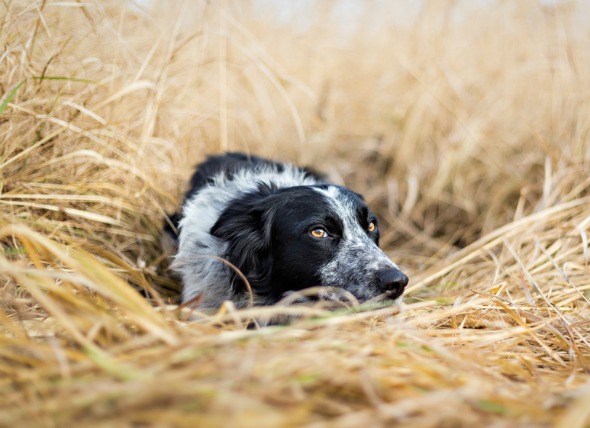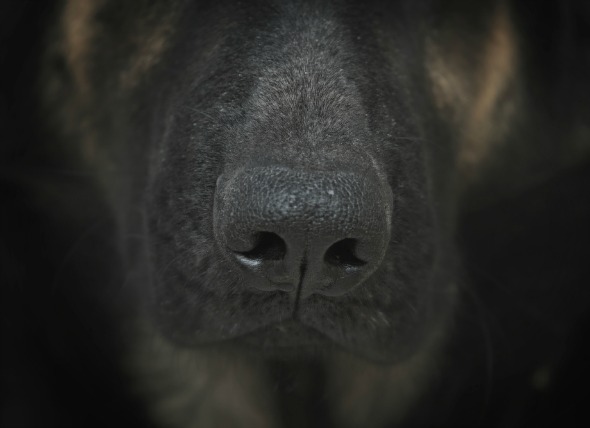

Heterobilharzia americanum is a waterborne flatworm trematode parasite that typically infects raccoons and dogs. The parasite follows a cycle that begins with sexual reproduction in the intestine, where the eggs are laid so that they can be carried out of the infected animal by way of the fecal discharge. Once the egg has left the body, it hatches in water, finds a host snail, and moves into its miracidia stage, where it reproduces itself asexually into multiple spores – the sac-like larval form. The sporocysts, as they are called, multiply in turn, again asexually, to become cercariae, the next larval stage of the heterobilharzia americanum flatworm.
It is in this stage that the larvae leave the snail to search for a warm-blooded host. The cercariae latch onto a host animal and burrow through the skin, infecting the body systemically. The cercaiae then travel to the lungs, and then to the veins of the abdominal organs. There, they mature into male and female flukes (flatworms), and begin the next cycle of sexual reproduction. Most eggs are carried to the intestinal wall, where they erode their way into the intestines to be passed in the feces, but often there will be some eggs that travel through the bloodstream to the liver and other organs, causing disease.
This parasite is most common in swamps and bayous, but cases of heterobilharzia americanum infection have been reported in waters from Texas, Florida, Louisiana, and North Carolina. The parasite is most active in the morning hours, but it has a 24-hour life span, outside of a host body, so it is possible to be infected at any time of the day in water that has this parasite. Snail populations are at their highest during the summer months, and because this parasite uses snails as an intermediary host, it is during the summer months that the risk of infection is at its height as well.
Dogs that spend time in water that harbors the heterobilharzia americanum parasite are at risk for infection. The only way to avoid infection is to avoid water that is known to be infected, or could possibly be infected.
You will need to give a thorough history of your dog's health, onset of symptoms, and recent activities, such as whether your dog has been swimming recently. A complete blood profile will be conducted, but the most definitive way to find the parasite is by taking a stool sample and examining it microscopically.
Your dog will probably be hospitalized while in the process of being dewormed.
Your veterinarian will schedule a follow-up visit for a fecal test one to two months after initial treatment to ensure that the infection has been eradicated.
 Bacterial Infection (Metritis) of the Uterus in Dogs
Metritis in Dogs
Metritis is inflammation of the
Bacterial Infection (Metritis) of the Uterus in Dogs
Metritis in Dogs
Metritis is inflammation of the
 Runny Nose in Dogs
Nasal Discharge in Dogs
The throat is the end of
Runny Nose in Dogs
Nasal Discharge in Dogs
The throat is the end of
 Anemia Due to Bone Marrow Failure (or Toxicity) in Dogs
Aplastic Anemia in Dogs
Bone marrow plays a pivot
Anemia Due to Bone Marrow Failure (or Toxicity) in Dogs
Aplastic Anemia in Dogs
Bone marrow plays a pivot
 Side Effects of Anxiety Medications in Dogs
Serotonin Syndrome
Dogs suffering from compulsive
Side Effects of Anxiety Medications in Dogs
Serotonin Syndrome
Dogs suffering from compulsive
 Chocolate Poisoning in Dogs
Dogs are known for eating things when they are not suppo
Chocolate Poisoning in Dogs
Dogs are known for eating things when they are not suppo
Copyright © 2005-2016 Pet Information All Rights Reserved
Contact us: www162date@outlook.com